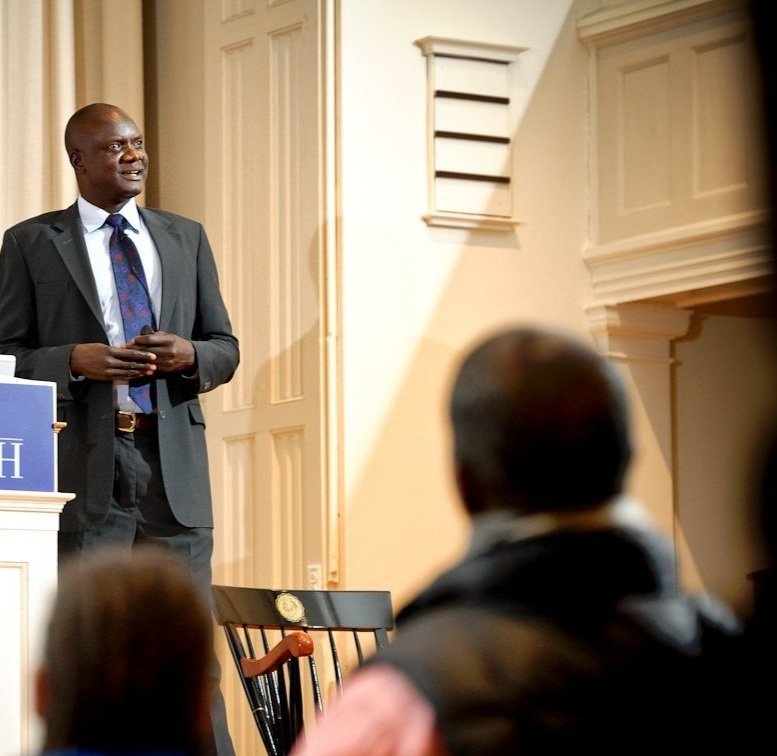More women are main breadwinners in the family
Kathryn Beck
The traditional roles of men and women when it comes to being the breadwinner are changing.
A recent analysis of US Census Bureau data from USA Today indicated that the number of women becoming the primary breadwinners in their families when one spouse is working increased from 6 percent in the 1970s to 23 percent in 2010.
Dr. Lori Grishick, a sociology instructor at Chandler-Gilbert Community College, said that the recent economic recession has a lot do with the increase.
“More men have lost their jobs and women still have jobs but usually the pay is lower for them and there is still occupation segregation,” said Grishick.
The economy has affected families, in that some households have had a role reversal with husbands who are staying home with the kids and wives now providing for their families.
According to Grishick, the ways traditional roles are seen today have to do with the changes in attitudes.
“More women with children are working outside the home,” said Grishick.
Education plays a key role in the increase of females earning more as the primary breadwinner.
Grishick said that in the last ten years more women are graduating from high school, as well as college with undergraduate degrees, than men.
Maria Harper-Marinik, Executive Chancellor and Provost at the Maricopa Community College district, worked full time while her husband Michael stayed home with their son and daughter.
“My husband chose to stay home with the kids for the past nine years and now that they are grown he currently works part time,” said Harper-Marinik.
The data also showed that in 12 million homes, women out earn their spouse when each of them is working full time.
Even with more women becoming the primary earner in the family, that may not be the same for a household with only one parent.
“In a single parent household, they don’t have a choice to stay home; they have to support their family,” said Grishcik.
When it comes to making the choice of which spouse can work or stay home with the kids, Harper-Marinik said that her situation was unique for her family.
“I think that with each family it has to be a family decision and that was what worked for (our?) family,” said Harper-Marinik.









